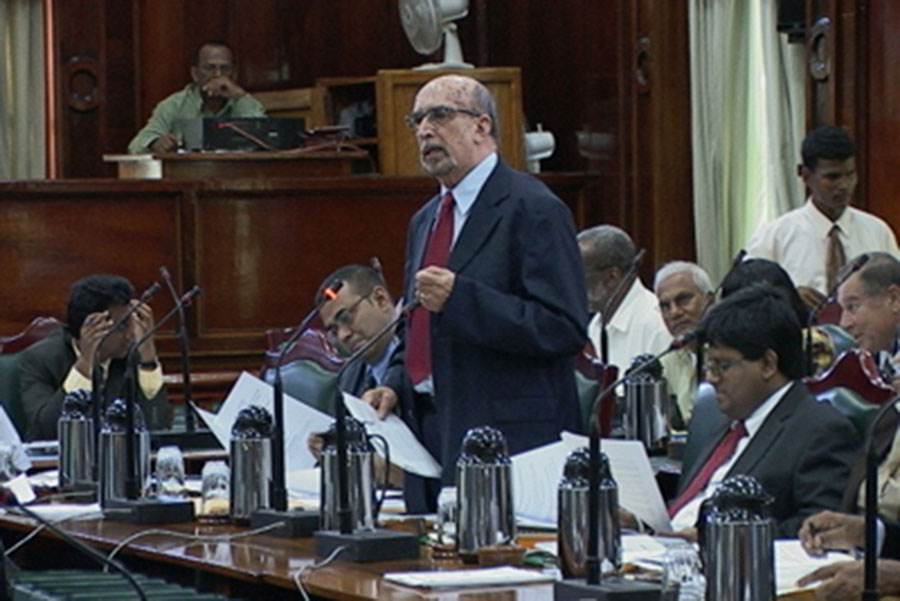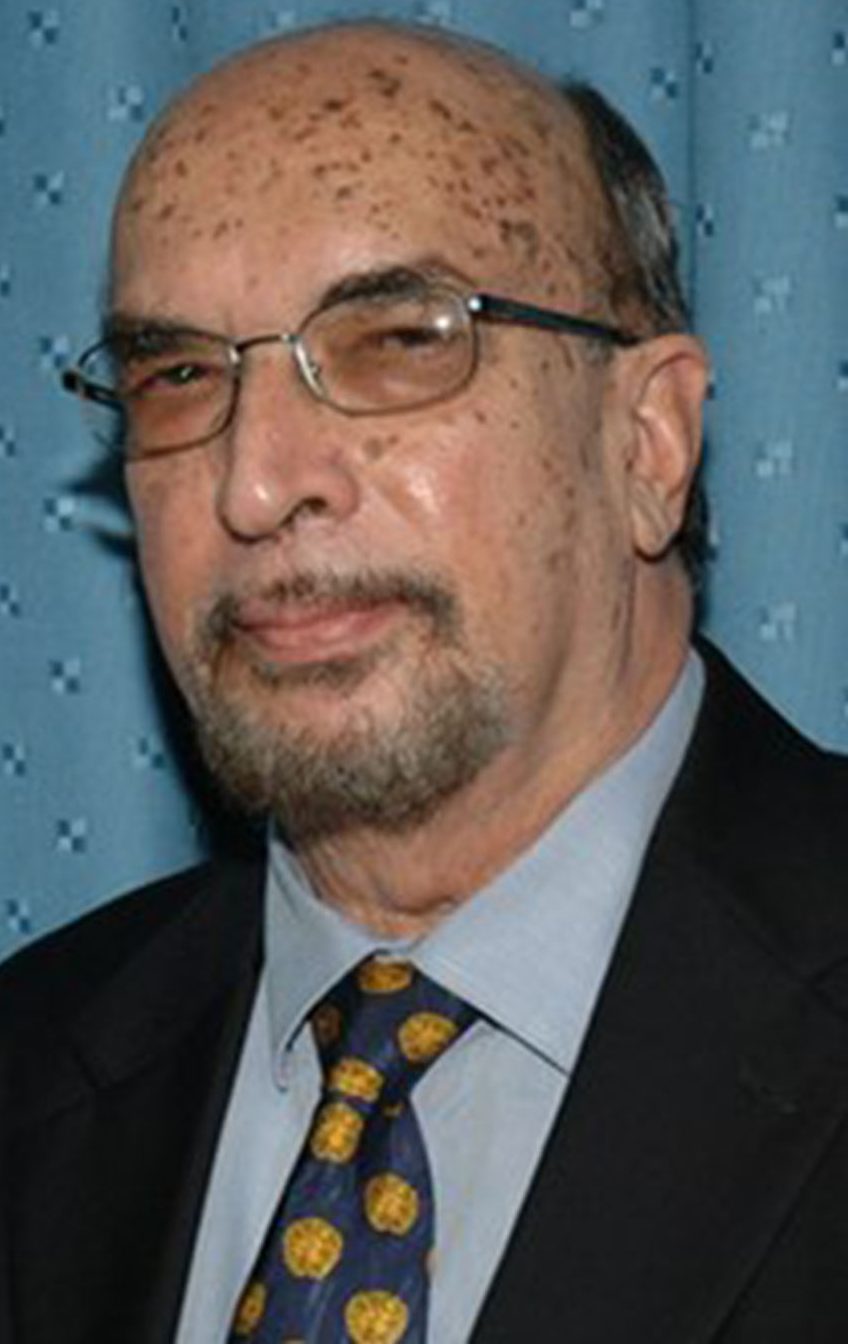Former Minister of Foreign Affairs Dr Samuel Rudolph Insanally passed away yesterday. He was 87 years old.
President Irfaan Ali in confirming his death last evening described him as “one of Guyana’s foremost diplomats and a distinguished international statesman.
“Dr Insanally’s diplomatic acumen and leadership have earned him, deservedly, the gratitude of our nation. As Guyana’s Minister of Foreign Affairs from 2001 to 2008, Dr Insanally advanced Guyana’s national interest on the international stage. His was a life dedicated to diplomacy and particularly for advocating the cause of small states,” the President said in his statement.

He recalled that the United Nations was Insanally’s second home. Known better as Dr Rudy Insanally, President Ali recalled that he had the honour of serving as the President of the United Nations General Assembly and was for many years Guyana’s Permanent Representative to the world’s foremost multilateral institution.
“These and his tireless exertions in numerous other ambassadorial positions distinguish him as a diplomat par excellence,” the Head of State said.
In 2017, Insanally launched his third book The Guyanese Culture — Fusion or Diffusion? In the 20 chapters and 200 pages he traced the evolution of Guyanese culture from the days of colonialism and slavery to the present time and examined the harm done by slavery and indentureship to our nation’s psyche, highlighting the way in which the colonial policy of ‘divide and rule’ was used to gain support from the two main ethnic groups: African and Indian Guyanese.
In the book, he cited the past 50 years of sovereignty marred by social instability and violence and concluded that the possibility of any further cultural integration appeared remote unless “the ghosts of slavery and indentureship are exorcised from the society.”
Writing in a letter in Stabroek News in August of last year, E B John chronicled that Insanally was educated at Queen’s College, Guyana; the University College of the West Indies, London; the University of Paris and the University of Brussels. His main areas of study were Modern Languages and International Relations. He was also the recipient of Fellowships in diplomacy granted by the United Nations and the Government of Canada. He subsequently taught French and Spanish at Kingston College, Jamaica; Queen’s College, Guyana and at the University of Guyana before starting his diplomatic career.
Insanally served as counsellor at the Guyana Embassy in Washington, USA from 1966 to 1969. In 1970, he was appointed Chargé D’affaires in Caracas, Venezuela. In 1972, he was transferred to the Permanent Mission of Guyana to the United ‘Nations as Deputy Permanent representative.’ He was involved in negotiations for the Second Development Decade Strategy. From 1972 to 1978, he was ambassador to Venezuela, with concurrent accreditation to Colombia, Ecuador and Peru. In 1978, he was posted as Permanent Representative to the European Economic Community in Brussels. Elected Chairman of the Sugar Sub-Committee of the ACP-EEC negotiations on several occasions, he was later Chairman of the Trade Sub-Committee for the negotiation of a protocol to provide for the enlargement of the community. He was also appointed ‘special rapporteur’ for the Joint ACP-EEC Assembly on the implementation of the Lomé Convention.
In 1993, according to John, Insanally was elected President of the 48th Session of the United Nations General Assembly, became chairman of the Group of 77 and chairman of the Preparatory Committee for the South Summit. From 1994 to 2001, he served as Chancellor of the University of Guyana and as Guyana’s Minister of Foreign Affairs from 2001 to 2008. Subsequently, he was appointed an Advisor to the President on Foreign Affairs. He was the recipient of the Golden Arrow of Achievement (1986), the Cacique Crown of Honour (1980) and the Order of Roraima (1995).










